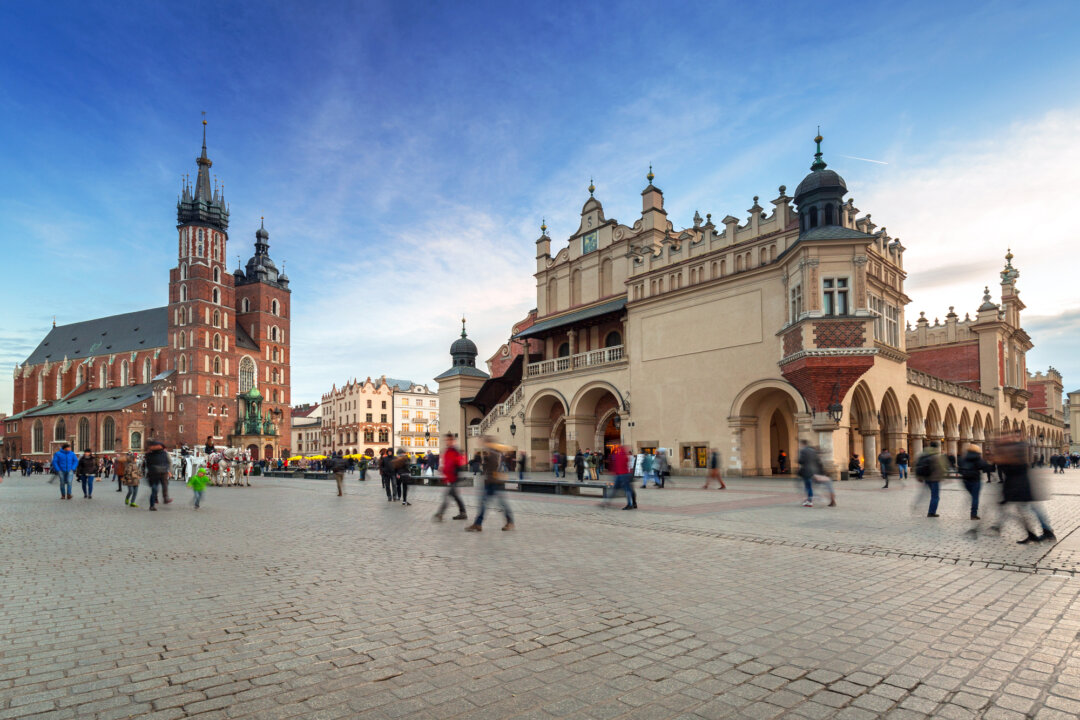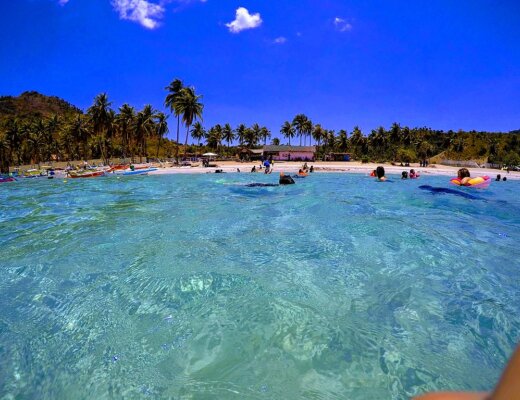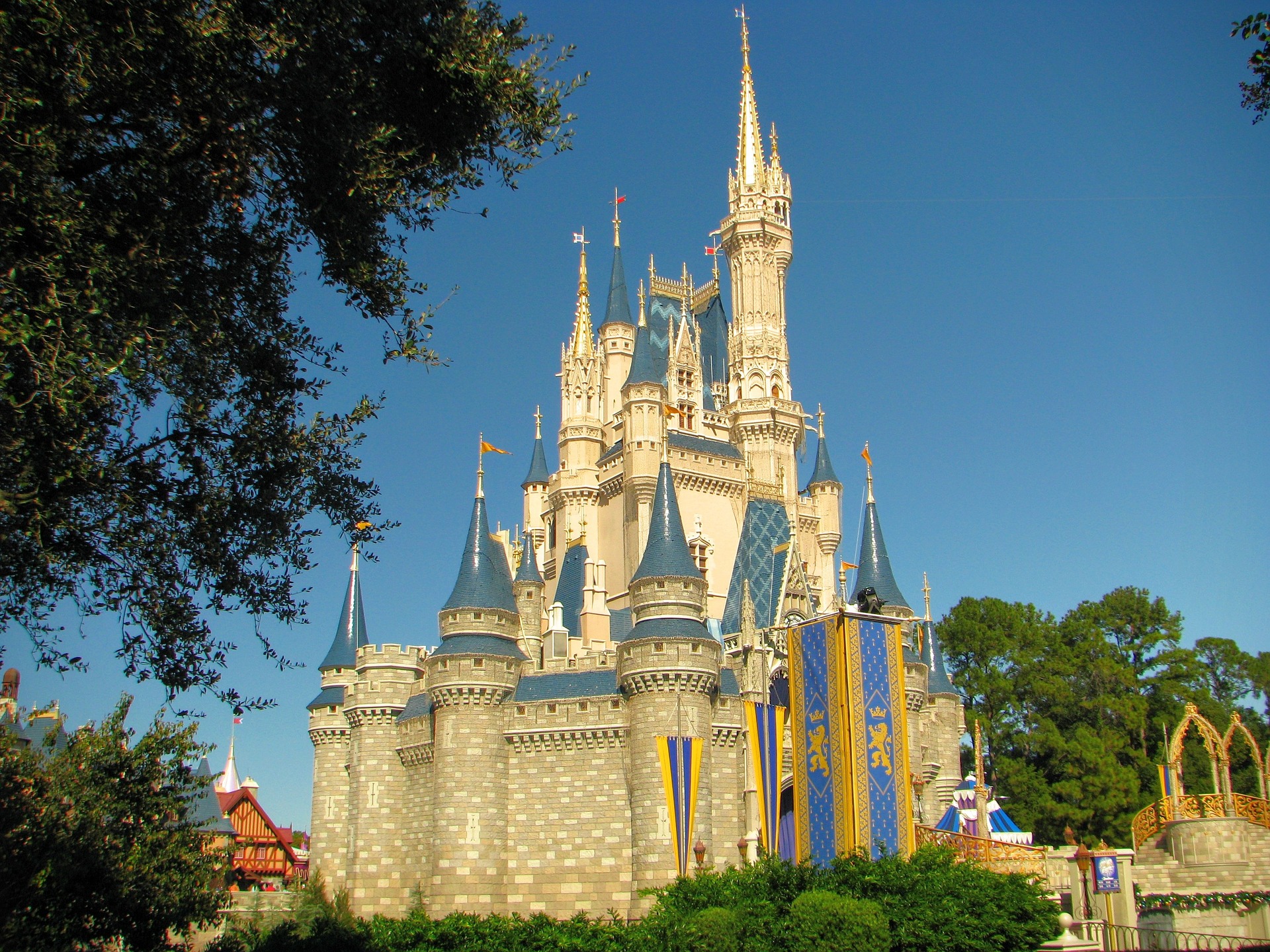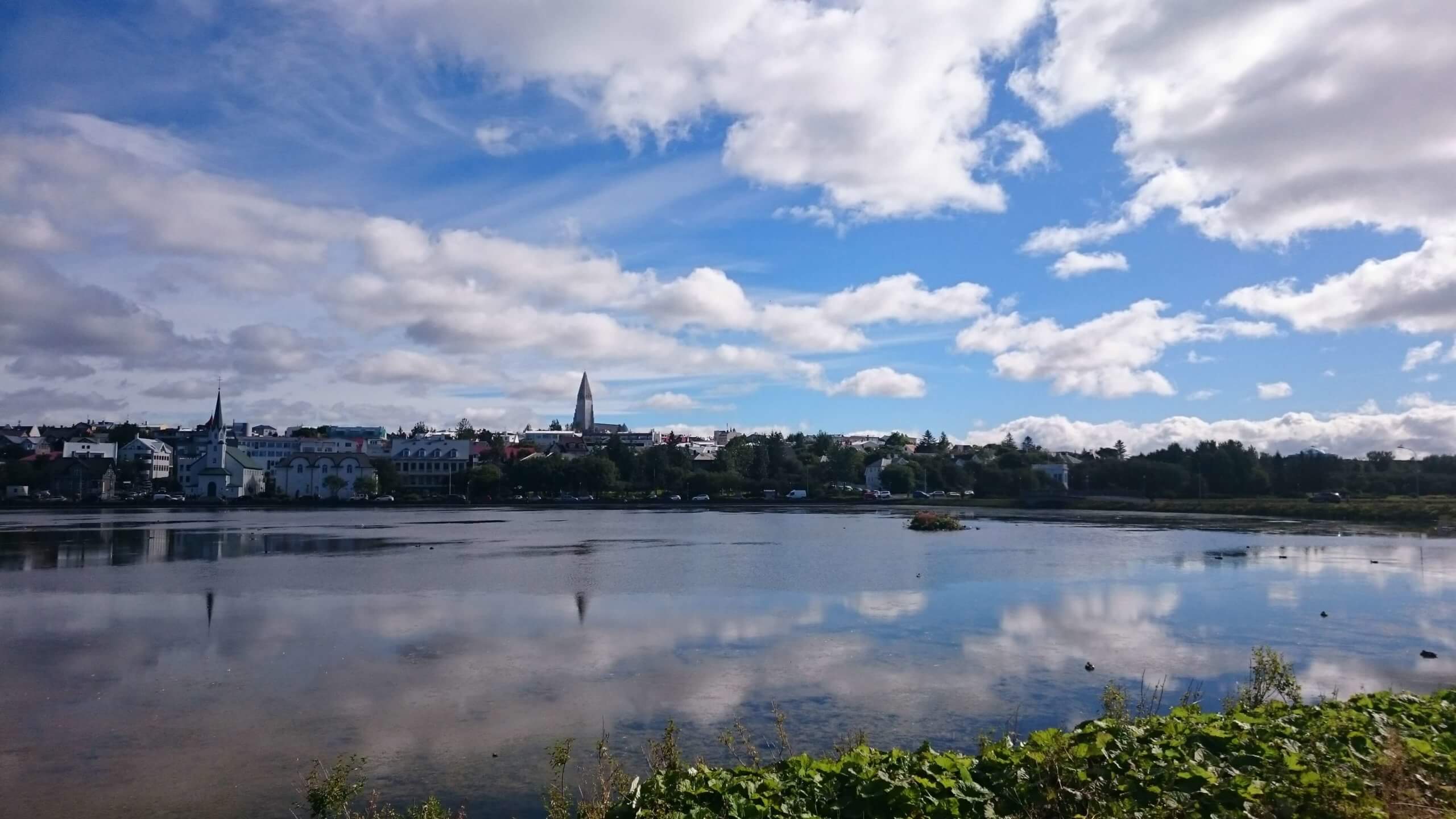Poland, a country rich in history and natural beauty, offers a diverse range of experiences for travelers. From the Tatra Mountains’ rugged peaks to the sandy beaches of the Baltic coast, Poland’s landscape is as varied as its history is profound. Here, we explore the 10 best places to visit in Poland, each offering a unique glimpse into the country’s cultural heritage, stunning scenery, and vibrant urban life.
- Kraków – The Cultural Heart Kraków, the former royal capital, is known for its well-preserved medieval core and Jewish quarter. The old town is centered around the grand Rynek Główny (Market Square), home to the Cloth Hall, a Renaissance-era trading outpost, and St. Mary’s Basilica, a 14th-century Gothic church. Wawel Castle, a symbol of national identity, offers a mix of styles from Gothic to Renaissance. The city’s historic atmosphere is complemented by a vibrant nightlife and a strong cultural scene.
- Warsaw – The Phoenix City Warsaw, the capital, has risen from its ashes of World War II devastation to become a bustling metropolis, blending modern skyscrapers with historic buildings. The reconstructed Old Town, Royal Route, and Palace of Culture and Science stand as testaments to its resilience. The Warsaw Uprising Museum and the POLIN Museum of the History of Polish Jews provide insightful historical context.
- Gdańsk – The Maritime Gateway Gdańsk, on the Baltic coast, is Poland’s principal seaport and is known for its reconstructed Old Town. Its rich history as a wealthy port city is evident in its architecture, including the Gothic St. Mary’s Church and the Renaissance-style Green Gate. The city played a pivotal role in the 20th century as the birthplace of the Solidarity movement, which helped bring down the Iron Curtain.
- Wrocław – The City of Bridges Wrocław, located in western Poland, is known for its panoramic riverfront and complex history. The city is dotted with over 100 bridges that cross the Oder River, connecting various islands and parts of the city. The Market Square features the Gothic Old Town Hall, and the Centennial Hall, a UNESCO World Heritage site, is a masterpiece of modernist architecture.
- Poznań – The Birthplace of the Polish State Poznań, one of the oldest cities in Poland, played a crucial role in the country’s early history. The Renaissance-style Poznań Town Hall and the imposing Poznań Cathedral on the island of Ostrów Tumski are must-visit landmarks. The city is also known for its vibrant student population, contributing to its lively atmosphere and cultural scene.
- Zakopane – The Winter Capital Zakopane, at the foot of the Tatra Mountains, is Poland’s most famous mountain resort. It’s known for its wooden villas, styled in what’s known as the Zakopane style, and is a great base for hiking in summer and skiing in winter. The Tatra National Park offers numerous trails, and the nearby Kasprowy Wierch cable car offers stunning mountain views.
- Toruń – The Medieval Gem Toruń, a medieval city on the Vistula River, is known for its preserved Gothic buildings and as the birthplace of the astronomer Nicolaus Copernicus. The Old Town, a UNESCO World Heritage site, is a labyrinth of streets and squares lined with burgher houses and defensive walls. The city’s medieval heritage blends seamlessly with vibrant cultural and educational institutions.
- Lublin – The Gateway to the East Lublin, located in eastern Poland, is a city with a unique blend of Western and Eastern European influences, visible in its architecture and culture. The Lublin Castle, dating back to the 12th century, and the historic Old Town are highlights. The city is also a gateway to the less-traveled regions of eastern Poland, offering a glimpse into the rural heartland.
- Białowieża Forest – A Primeval Wilderness The Białowieża Forest, straddling the border between Poland and Belarus, is a vast, primeval forest and a UNESCO World Heritage site. It’s home to Europe’s largest population of bison, along with other rare species. Guided tours offer the chance to explore this ancient woodland, a remnant of the forests that once covered much of Europe.
- Malbork Castle – The Teutonic Fortress Malbork Castle, built by the Teutonic Knights, is the world’s largest castle measured by land area and a stunning example of medieval military architecture. This Gothic fortress is a UNESCO World Heritage site and offers an insightful look into the history of the Teutonic Order and medieval Poland.
Each of these destinations offers a unique window into Poland’s soul. From the urban sophistication of Warsaw and Kraków to the natural splendor of the Tatra Mountains and the Białowieża Forest, Poland presents a rich tapestry of experiences. The country’s history, evident in its castles, churches, and museums, is matched by the natural beauty of its forests, rivers, and mountain ranges.
Traveling through Poland, one is struck by the resilience and warmth of its people, who have endured a tumultuous history with strength and pride. The Polish culinary scene, with dishes like pierogi, bigos, and żurek, offers a hearty complement to the cultural and natural exploration.
In conclusion, Poland is a country where history and nature intertwine, creating a travel experience that is as enriching as it is diverse. From the Gothic spires of Toruń to the bustling streets of Warsaw, and from the serene beauty of the Białowieża Forest to the cultural richness of Kraków, Poland promises an unforgettable journey for every traveler.




